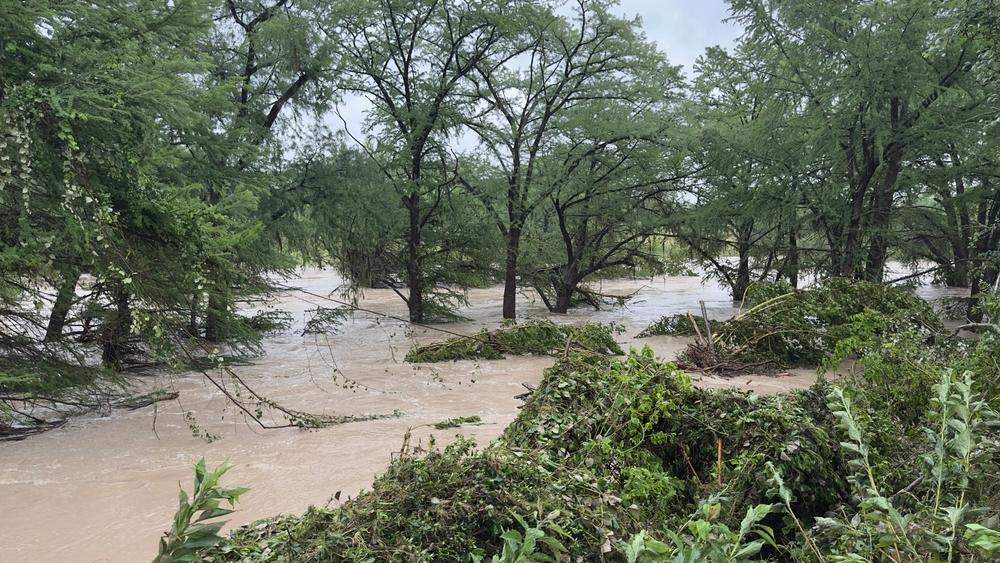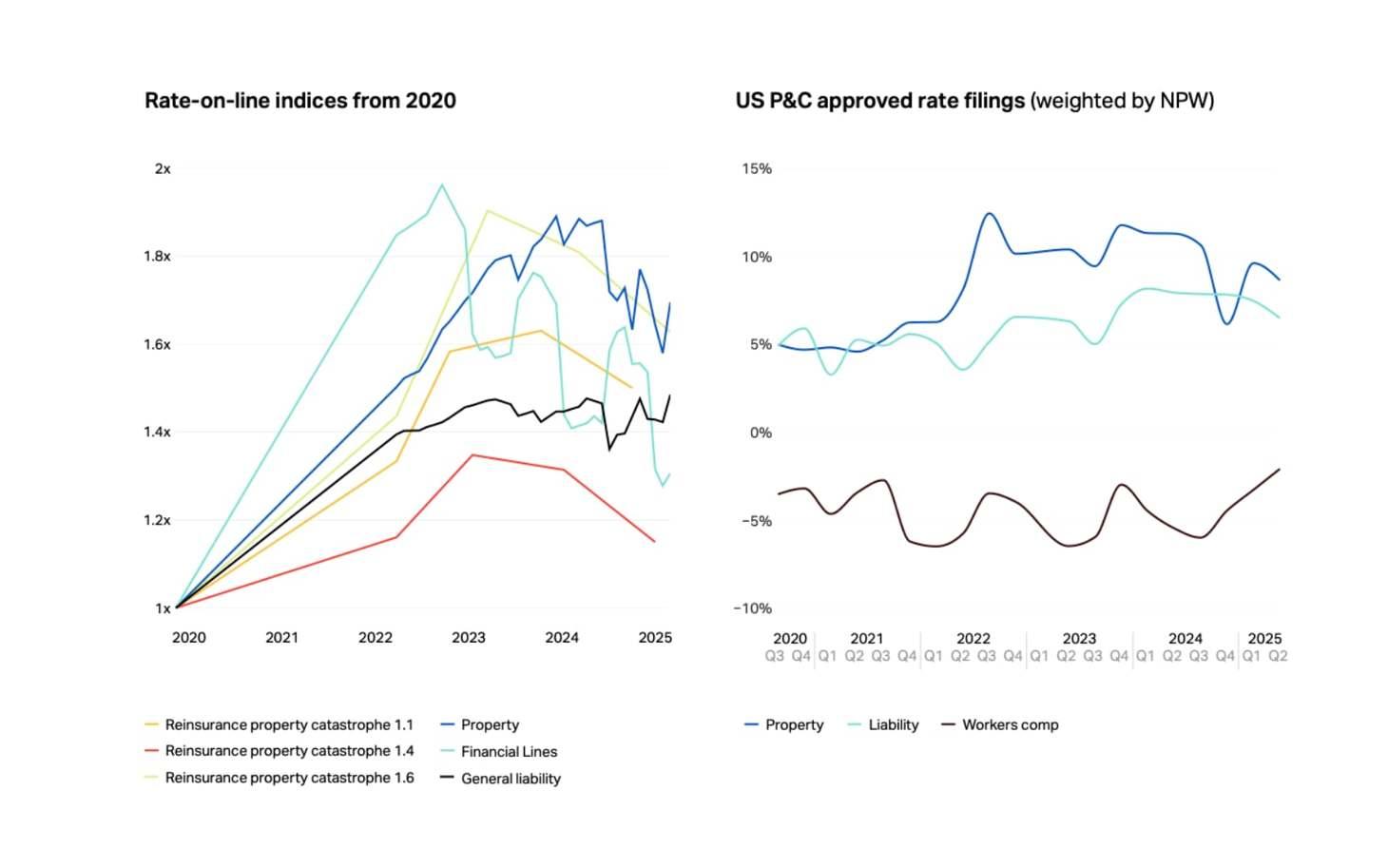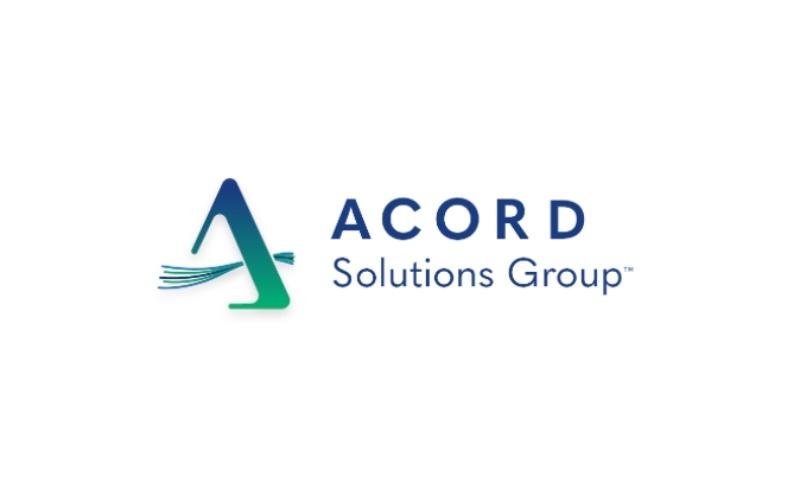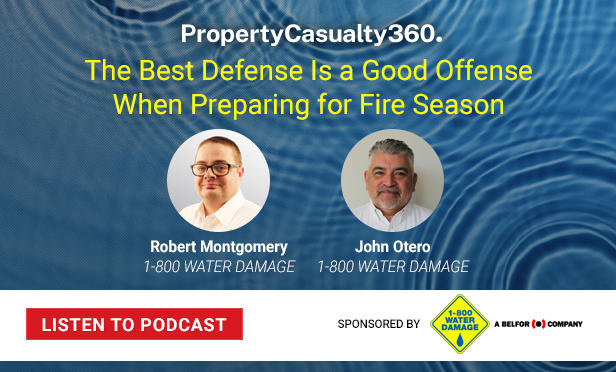News

Following floods, Texas bill would address youth-camp safety
Texas lawmakers are considering a bill that would put in place comprehensive safety standards at youth camps across the state, including requiring camp operators to have emergency plans for natural disasters.
The proposed legislation follows the July 4 flash flooding in the Texas Hill Country, particularly along the Guadalupe River, which resulted in at least 135 fatalities, including 27 campers and counselors attending Camp Mystic, an all-girls Christian summer camp located on the banks of the river.
S.B. 1, introduced Wednesday at a public hearing before the Texas Senate Select Committee on Disaster Preparedness and Flooding, would no longer permit camps to operate if one or more cabins were located in a floodplain.
The bill applies to campgrounds of all types, including youth camps.
The proposed legislation would require camp operators to have formal emergency plans and protocols approved by the state. These include equipping each campground cabin located within a floodplain with an emergency ladder capable of providing access to the cabin’s roof.
Camp operators would also be required to maintain radios that can receive real-time weather alerts from the National Weather Service, install and maintain a disaster warning system, and monitor safety alerts from NWS and local river authorities.
Commentary/Opinion

We are now firmly in the hard market softening phase: Flandro, Howden Re
David Flandro, Managing Director, Head of Industry Analysis and Strategic Advisory at reinsurance broker Howden Re, has said that “if it wasn’t obvious already, we are now firmly in the hard market softening phase of the rating cycle,” as he emphasises the need for exposure growth to be “undertaken intelligently.”
Flandro’s comments come alongside the release of Howden Re’s overview of the reinsurance industry in the first half of 2025, which highlights a clear market cycle shift amid greater competition for profitable business.
“If you look at all lines, or most lines, we are still harder in terms of pricing than we were five years ago, but it’s evident that we’ve softened recently,” said Flandro.
Building on this, Michelle To, Managing Director, Head of Business Intelligence, Howden Re, said: “Insurers are reporting decreasing rating trends due to greater competition, signaling a shift in the market cycle.”
Howden Re’s analysis is in line with CEO commentary during second quarter reporting season, with some noting that softening has occurred, but at the same time reminding that this is off of a high base after the reset in 2023, and so the business, notably property and property cat, is still attractive and profitable.
AI in Insurance

Insurance data standards key to unlocking AI’s potential: ACORD - Reinsurance News
In the re/insurance industry, data standards that ensure structured, high-quality, and interoperable information are vital for artificial intelligence (AI) models to function effectively, according to Somesh Mukherjee, VP, Solutions Architecture at ACORD Solutions Group.
Mukherjee noted that as AI becomes central to the industry’s evolution, one fact is clear: AI is only as powerful as the data it learns from—and that data must speak a common language. Without well-structured, high-quality, and interoperable data, even the most sophisticated algorithms can produce biased, opaque, or unreliable results.
This makes insurance data standards pivotal. Standardisation ensures data is accurate, complete, and comparable across systems, supporting explainable AI models that regulators and stakeholders can trust. It also enables integration across legacy systems, cloud platforms, and third-party tools, facilitating enterprise-wide AI adoption without reinventing the data wheel.
Many insurance stakeholders are already using tools to enable intelligent automation and support ongoing transformation—tools enabled by structured, interoperable data environments established through ACORD Data Standards.
Harnessing AI for Insurance Innovation: Strategies for Effective Pilots | Insurance Innovation Reporter
Guardian’s Andrew Holshouser shares AI and machine learning strategies to streamline pilots, measure results, and accelerate adoption across insurance operations.
The insurance industry has long recognized the potential of AI and machine learning to enhance efficiency and improve the customer experience.
Despite the complexity and time required to integrate these technologies, the urgency is clear—with 80 percent of insurance executives noting the growing inseparability of business and technology strategies.
To meet evolving needs, carriers should streamline technology pilots by engaging non-business partners early, clearly identifying success metrics, and working with AI champions.
Here’s how to get started.
Climate/Resilience/Sustainability

The Best Defense Is a Good Offense When Preparing for Fire Season
As fire season approaches, insureds must start thinking about the best way to protect their home and family against a possible devastating fire event. A lot of preparation and strong partnerships with insurers and restoration professionals are key to ensuring the best outcome should a fire occur.
In this podcast, John Otero, Regional Business Coach at 1-800 WATER DAMAGE, and Robert Montgomery, Franchise Owner of 1-800 WATER DAMAGE of Western Montana, provide their best advice for preparing for fire season. You’ll learn:
- When fire preparedness should ideally begin, and why it’s an ongoing process;
- Why it’s important for insureds to have a preparedness plan in place and the proactive measures that should be taken, such as creating a “go bag” with essentials and ensuring adequate insurance coverage;
- Why insureds should take pictures of the inside and outside of their home to help document what possessions they have to make it easier if they put in a claim;
- Some elements of fire preparedness that are commonly overlooked by insurers and restoration professionals, and;
- The timeline and process insureds should follow that could help insurers and restoration professionals expedite restoration.
Announcements
New report: 'Unleashing agentic AI for pricing and underwriting' - with insights from AXA XL and Beazley
Beyond the Hype: How Agentic AI Is Already Reshaping Insurance
From daily policy audits at scale to AI copilots that streamline underwriting in seconds, agentic AI is no longer theoretical for the US insurance market. It’s here, it’s working, and it’s evolving fast.
Launching ahead of Intelligent Insurer’s Agentic and Generative AI for Insurance 2025 (NYC, November 18) our new report, Unleashing Agentic AI for Pricing and Underwriting, captures the perspectives of three industry leaders who are already putting it to the test:
- Matt Duke, Head of Pricing – US Middle Market, AXA XL
- Craig Linton, Head of US Underwriting Management for Cyber Risks, Beazley
- Marcus Looft, Strategy Director, Earnix
As Craig Linton notes in the report, “The real value lies in adapting our workflows to work alongside AI, evolving our thinking to leverage future capabilities… The time to start is now.”
This is also one of the central themes of our upcoming flagship event, Agentic and Generative AI for Insurance 2025 – November 18, 2025, The Westin, Times Square, NYC – where senior leaders will explore agentic AI’s impact in depth, with live demonstrations, case studies, and strategic roadmaps.
You can save $300 on your ticket if you book before Sunday, August 24.
The future of insurance is already being written. Make sure you’re part of it: Register now
For more information contact:
Alex Hackett Conference Producer - Intelligent Insurer Newton Media Mobile: +44 203 301 8227 Email: a.hackett@newtonmedia.co.uk
TrustLayer's Free COI Tool Enhances Business Insurance Management
TrustLayer has unveiled an innovative new tool aimed at streamlining the complicated and often arduous task of verifying insurance coverage.
Their latest solution, a complimentary tool known as the TrustLayer Starter COI Tracker, is poised to revolutionize the way businesses validate their partners' Certificates of Insurance (COIs). This intuitive platform is designed to promote better collaboration among teams and strengthen ties between companies and their partners by offering an efficient verification process.
The launch of the TrustLayer Starter COI Tracker responds to an increasing demand for effective methods of managing insurance paperwork across diverse industries. Businesses often find themselves overwhelmed by the manual tasks involved in checking and authenticating COIs. T
Today
2025 U.S. P&C Insurance Market Report Projects Stability Amid Broader Volatility
Summary
- After the industry's combined ratio improved by 5.1 percentage points in 2024 to an 11-year low of 96.5% due in large part to a spectacular fourth quarter for the personal lines, our outlook for 2025 and 2026 contemplates narrower profit margins.
- A decidedly more favorable operating environment in the private auto business, which accounted for 33.6% of US P&C industry direct premiums written in 2024, will have negative implications for top-line growth in 2025 and 2026 in particular, as some carriers have begun to lower rates.
- Our outlook assumes a relatively benign macroeconomic environment characterized by modest, but still positive, growth in US GDP, incrementally higher rates of
A rapid turnaround in the private auto business led the US property and casualty industry back to underwriting profitability in 2024 and will help keep it there for the next several years, the newly released S&P Global Market Intelligence 2025 US Property and Casualty (P&C) Insurance Market Report projects.MORE
Fraud

Verisk Unveils New ClaimSearch Tools to Detect Digital Commerce and Locate Assets in Insurance Investigations | Verisk
Verisk (Nasdaq: VRSK), a leading global data analytics and technology provider, today announced a strategic alliance with Legentic, a fraud and financial crime detection and prevention company, to launch two advanced fraud detection and asset location tools into its ClaimSearch® platform. Now available for the first time in the U.S., Digital Commerce Detector can help insurers automate the identification of suspicious activity on online marketplaces tied to stolen or total loss assets.
Additionally, Digital Asset Finder helps streamline insurers’ location and recovery efforts of legitimately stolen vehicles and property post claim-payout.
With insurance fraud in the U.S. now costing consumers $308.6 billion annually, according to the Coalition Against Insurance Fraud, and as property and casualty (P/C) theft schemes evolve, insurers face mounting pressure to detect fraud activity earlier and recover assets more efficiently. Traditional manual investigation and asset location methods are often too slow, resource-intensive and costly, placing a heavy burden on IT, claims and investigative teams.
“Insurance fraud and theft continue to grow in sophistication, and we’re committed to equipping the industry with cutting-edge tools to help minimize financial exposure and operational strain,” said Jeff Ryan, chief product officer, Anti-Fraud Analytics at Verisk. “Through seamless integration with ClaimSearch, this launch delivers automated access to previously hard-to
Salvage Fraud: The Overlooked Risk | Insurance Thought Leadership
Salvage fraud quietly drains value as employees misappropriate damaged goods meant for disposal.
In the world of insurance and asset-heavy industries, all eyes are typically on big-ticket items — policy claims, premium collection, and operational risk. But lurking in the shadows is a low-profile, high-impact problem that's quietly draining value from balance sheets: salvage fraud.
While not as sensational as staged collisions or inflated invoices, salvage fraud is often systemic and undetected, especially in businesses that deal with high volumes of returns, damaged goods, or warranty claims.
Webinars/Podcasts/Interviews
The Rest of 2025 Won’t Be Boring for Claims Handlers, Says Crawford Exec - Insurance Journal TV
What’s left of 2025 won’t likely make for uninteresting times for claims professionals: steadily increasing claims frequency across several categories, nuclear verdicts, larger loss events that can include entire communities being hit by natural disasters like wildfires in California and other western states, not to mention the uncertain potential of the hurricane season, as well as supply chain disruptions from tariffs and political unrest.
We asked Paul Kottler, U.S. president — global technical service, with Crawford and Company to come on the latest episode of our podcast to talk a little about what he expects the claims universe to look like for the remainder of the year.
Check out this episode and more hosted by Claims Journal's Don Jergler here:
